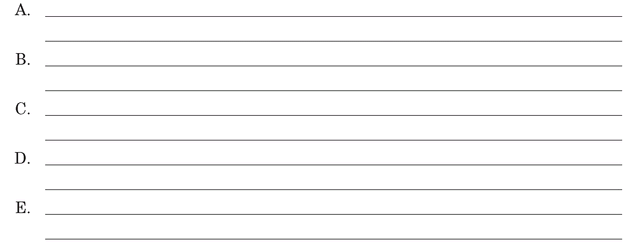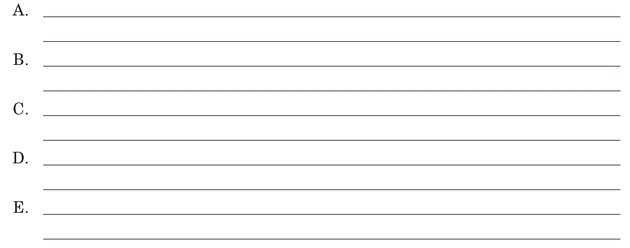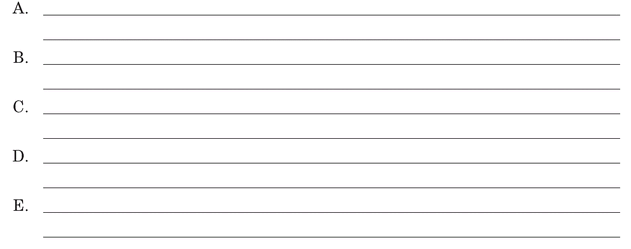SECTION XLIII: VOCATIONAL STRESS
Therapist’s Overview : A VOCATIONAL ACTION PLAN
GOALS OF THE EXERCISE
1. Overcome immobilizing feelings of helplessness, anxiety, and resentment.
2. Identify and replace negative, distorted cognitive messages that foster stress.
3. List proactive steps to be taken to reduce the vocational stress.
ADDITIONAL PROBLEMS FOR WHICH THIS EXERCISE MAY BE MOST USEFUL
SUGGESTIONS FOR PROCESSING THIS EXERCISE WITH THE CLIENT
Clients who have experienced failure, rejection, confrontation, or conflict related to employment can easily become immobilized with fear and helplessness. Whether the client is in job jeopardy, has been terminated, or is in conflict with personnel at work, he/she needs to accept responsibility for the choices he/she has to take constructive action to improve the situation. You may need to assist the client in identifying and replacing his/her self-defeating cognitions in Section 2. Hold the client accountable and reinforce action taken to implement the proactive steps of Section 3.
EXERCISE XLIII.A : A VOCATIONAL ACTION PLAN
It is common for a person to feel overwhelmed by vocational stress and to then develop a feeling of hopelessness and helplessness. You may feel you are not in control of your situation and that others are pulling all of the strings. But you must recapture a sense of controlling those things that you can and should control. You must develop a plan of action to respond proactively to your circumstance rather than to be immobilized by the events around you. Other people may have made decisions and implemented actions that affect you directly, but you do not have to be passive in response. You have choices before you in terms of how to respond assertively and constructively to reduce conflict and/or open new avenues for exploration.
1.
Resource People: List three people who you can rely on to help you through this stressful time by providing support and constructive suggestions for action.
2.
Identify Self-Defeating Messages: First, list the negative, pessimistic, self-defeating, and distorted thoughts that cause you to feel hopeless, anxious, and helpless about your vocational situation (e.g., “Nothing I can do will help the situation,” “Everything I have tried has failed,” “I am only going to be rejected again”).
3.
Replace Self-Defeating Messages: Now challenge these negative thoughts that fill your mind and cause you to be angry, depressed, worried, or immobilized. Replace each thought with a more realistic, energizing thought that can move you into constructive action to improve your circumstance (e.g., “I have choices regarding what I can do to try to improve the situation,” “I need to try again at implementing change,” “There are people that do believe in me so I can take risks to reach out”).
4.
Proactive Steps: Write five actions you will take to improve your situation and reduce vocational stress.




